As a widely used industrial material, carbon steel welded pipe plays an important role in many fields, such as construction, municipal, chemical, oil and gas, because of its excellent mechanical properties and cost-effectiveness.
This article will introduce the specifications, materials and national standards of carbon steel welded pipe in detail, to help readers fully understand its characteristics and applications, and provide a reference basis for engineering selection and project implementation.
I. Carbon steel welded pipe national standards
i. Chinese National Standards (GB/T)
(1) GB/T 3091-2015 Welded Steel Pipes for Low Pressure Fluid Transportation
Core revisions: Updated dimensional tolerances for steel pipes below 219.1mm, increased requirements for testing the weight of galvanized layer, and strengthened welding quality control.
Scope of application: water, gas, HVAC systems (DN15-DN200, OD 21.3-219.1mm, wall thickness 2.0-6.0mm).
Typical applications: building water supply and drainage pipe network, fire-fighting piping system, industrial low-pressure gas transportation.
(2) GB/T 13793-2016 Straight Seam Electric Welded Steel Pipe
Technical characteristics: covering a wider size range (OD 16-762mm, wall thickness 1.5-20mm), suitable for dynamic load scenarios.
Application areas: heavy machinery supports, storage rack structures, water pipeline projects.
(3) GB/T 9711-2017 Pipeline Steel Pipe for Oil and Gas Industry
International standardization: Used in concert with API 5L, but with increased localization requirements such as sulfide stress corrosion test.
Parameter range: outer diameter 16-610mm, wall thickness 2.0-22mm, applicable to high cold, high corrosion oil and gas field gathering pipeline.
ii. American Society for Testing and Materials Standards (ASTM)
(1) ASTM A53 (Mechanical and Pressure Piping)
Unit system: Adopting imperial specifications (NPS 1/8-26, corresponding to DN6-650), covering Sch 10 to Sch 80 wall thickness grades.
Special design: verified by high-temperature creep test, suitable for steam system and chemical pressure vessel supporting piping.
(2) ASTM A501 (Structural Steel Pipe)
Geometric properties: square/round cross-section options are provided to optimize the strength calculation of bridge truss nodes.
iii. Japanese Industrial Standards (JIS)
(1) JIS G3444 (general-purpose carbon steel pipe)
Performance Advantage: Certified by JIS H 8502 salt spray test, with outstanding marine climate corrosion resistance.
Parameter coverage: OD 10.5-325mm, wall thickness 1.0-16mm, widely used in shipbuilding industry pipe systems and clean pipes in semiconductor factories.
iv. Industry-specific standards
(1) SH/T 3408-2022 (petrochemical butt-weld pipe fittings)
Technology upgrade: new Inconel alloy pipe fittings high-temperature strength indicators, to adapt to the refining plant cracking reactor connection needs.
Specification range: DN15-DN600, covering 8 types of fittings, such as 90° elbow and concentric reducer.
(2) GB/T 12459-2017 (General Specification forButt-Weld Pipe Fittings)
International compatibility: interchangeable with ASME B16.9 dimensions, allowing DN1500 oversized pipe fittings to be used for LNG tank piping.
v. Petroleum industry core standards
(1) API 5L (oil and gas pipeline)
Global applicability: Certified by HIC (Hydrogen-induced cracking) test, it has become the preferred standard for Middle East desert pipelines and Arctic Circle low-temperature projects.
Difference with Chinese standard: Compared with GB/T 9711, it focuses more on on-site welding process guidance rather than full life cycle management.
vi. Summary of standard comparisons
| Standard | Scope of Application | Size Range | Main Uses |
|---|---|---|---|
| GB/T 3091-2015 | Low-pressure fluid conveyance | DN15-DN200 | Building water supply and drainage, HVAC, fire protection systems, etc. |
| GB/T 13793-2016 | General purpose | Outer diameter 16mm-762mm, wall thickness 1.5mm-20mm | Building structures, mechanical manufacturing, pipeline engineering, etc. |
| GB/T 9711-2017 | Petroleum and natural gas conveyance | Outer diameter 16mm-610mm, wall thickness 2.0mm-22mm | Petroleum and natural gas long-distance pipelines, oil and gas field gathering pipelines |
| ASTM A53 | Mechanical and pressure applications | NPS 1/8 - NPS 26 | Construction, petroleum and natural gas, mechanical manufacturing, etc. |
| ASTM A501 | Bridges, building structures | Square and round pipes | Building structures, bridges, mechanical manufacturing, etc. |
| JIS G3444 | General purpose | Outer diameter 10.5mm-325mm, wall thickness 1.0mm-16mm | Construction, mechanical manufacturing, pipeline engineering, etc. |
| SH/T 3408-2022 | Petrochemical pipelines | DN15-DN600 | Petrochemical enterprise internal pipeline systems |
| GB/T 12459-2017 | Steel butt-welding fittings | DN15-DN1500 | Petrochemical, industrial pipeline systems, etc. |
| API 5L | Petroleum and natural gas conveyance | Outer diameter 16mm-610mm, wall thickness 2.0mm-22mm | Petroleum and natural gas long-distance pipelines, oil and gas field gathering pipelines |
These standards cover a wide range of specifications and uses of carbon steel welded pipes for different application scenarios and industry needs.
Suggestions for standard selection:
Geographical matching: ASTM/API standard is preferred for European and American projects, and JIS/GB is compatible with the Asia-Pacific region.
Condition matching: ASTM A106/ASTM A312 is preferred for high temperature and high pressure environments, and JIS G3459 stainless steel pipe is preferred for corrosive media.
Certification requirements: export products need to obtain API Monogram or PED (EU Pressure Equipment Directive) certification.
II. Carbon steel welded pipe material
i. Q195/Q215/Q235
Characteristics:
Q195: low carbon steel, good welding performance and cold bending performance, lower strength, good toughness.
Q215: strength slightly higher than Q195, welding performance and cold bending performance is good.
Q235: the most commonly used carbon structural steel, moderate strength, welding performance and cold bending performance is excellent, widely used in construction, machinery manufacturing and other fields.
Chemical composition:
Carbon content: 0.14%~0.22% (Q195), 0.17%~0.23% (Q215), 0.17%~0.23% (Q235)
Manganese content: 0.30%~0.70
Sulfur content: ≤ 0.050%
Phosphorus content: ≤ 0.045%
Applicable scene:
Construction field: used for building structure, scaffolding, railing, etc.
Municipal engineering: used for water supply and drainage pipes, fire-fighting pipes, etc.
General industrial use: used in machinery manufacturing, light industrial equipment, etc.
ii. Q345
Characteristics:
Low-alloy high-strength steel, high strength, good toughness, excellent welding performance and cold bending performance, with good low-temperature impact toughness.
Chemical composition:
Carbon content: 0.12%~0.20%
Manganese content: 1.20%~1.60
Sulphur content: ≤0.020%
Phosphorus content: ≤0.020%
Vanadium content: 0.02%~0.20% (some grades)
Applicable scenes:
Industrial pipeline: used for transportation of high-pressure fluids, oil and gas pipelines, etc.
Building structure: used for bridges, high-rise buildings and other structures that require high-strength materials.
Mechanical Manufacturing: Used in the manufacture of high-strength mechanical parts.
iii. Q460
Characteristics:
High strength low alloy steel, high strength, good toughness, good welding performance and cold bending performance, with good impact resistance.
Chemical composition:
Carbon content: 0.14%~0.22
Manganese content: 1.40%~1.70
Sulphur content: ≤0.020%
Phosphorus content: ≤0.020%
Applicable scene:
Heavy machinery manufacturing: used for manufacturing heavy machinery parts, mining machinery, etc.
Large building structure: used for bridges, large plants and other structures that require high strength materials.
iv. 20# (20G)
Characteristics:
High quality carbon structural steel, moderate strength, good toughness, excellent welding performance and cold bending performance, with good corrosion resistance and oxidation resistance.
Chemical composition:
Carbon content: 0.17%~0.24
Manganese content: 0.35%~0.65
Sulfur content: ≤0.035%
Phosphorus content: ≤ 0.035%
Applicable scenes:
Chemical pipeline: used for conveying chemical medium, such as acid, alkali, salt, etc.
Boiler manufacturing: used for manufacturing boilers, pressure vessels, etc.
Food processing: used in food processing equipment due to its good corrosion resistance.
v. 16Mn (Q345)
Characteristics:
Low-alloy high-strength steel, high strength, good toughness, excellent welding performance and cold bending performance, with good low-temperature impact toughness.
Chemical composition:
Carbon content: 0.12% to 0.20%
Manganese content: 1.20%~1.60
Sulphur content: ≤0.020%
Phosphorus content: ≤ 0.020%
Applicable Scenario:
Industrial pipeline: used for transportation of high-pressure fluids, oil and gas pipelines, etc.
Building structure: used for bridges, high-rise buildings and other structures that require high-strength materials.
Mechanical manufacturing: used for manufacturing high strength mechanical parts.
vi. 10# (10G)
Characteristics:
Low carbon steel, lower strength, good toughness, excellent welding performance and cold bending performance, with good processing performance.
Chemical composition:
Carbon content: 0.05%~0.12
Manganese content: 0.30%~0.60
Sulphur content: ≤0.035%
Phosphorus content: ≤0.035%
Applicable scenes:
Low-pressure fluid transportation: used for water supply, drainage, HVAC and other low-pressure fluid transportation pipelines.
Light industrial equipment: used for manufacturing light industrial equipment, furniture and so on.
vii. 45# (45G)
Characteristics:
Medium carbon steel, high strength, moderate toughness, welding performance and cold bending performance is poor, but has good cutting performance.
Chemical composition:
Carbon content: 0.42%~0.50%
Manganese content: 0.50%~0.80
Sulfur content: ≤0.035%
Phosphorus content: ≤ 0.035%
Applicable scene:
Machinery manufacturing: used for manufacturing high strength mechanical parts, such as shafts, gears, etc.
Tool manufacturing: used for manufacturing tools, molds, etc.
viii. Other materials
Q460C/D/E: On the basis of Q460, low-temperature impact toughness requirement is added, which is suitable for low-temperature environment.
Q355: Low-alloy high-strength steel, performance similar to Q345, but slightly higher strength.
Q550: High strength low alloy steel, suitable for high strength structural parts.
Suggestions for selection:
Construction and municipal engineering: Q235, Q345 are commonly used materials with moderate strength and good welding performance.
Industrial pipeline: Q345, Q460 is suitable for high-pressure fluid transportation, 20# is suitable for chemical pipeline.
Mechanical manufacturing: Q345, 45# is suitable for high-strength mechanical parts.
Low temperature environment: Q460C/D/E is suitable for low temperature environment.

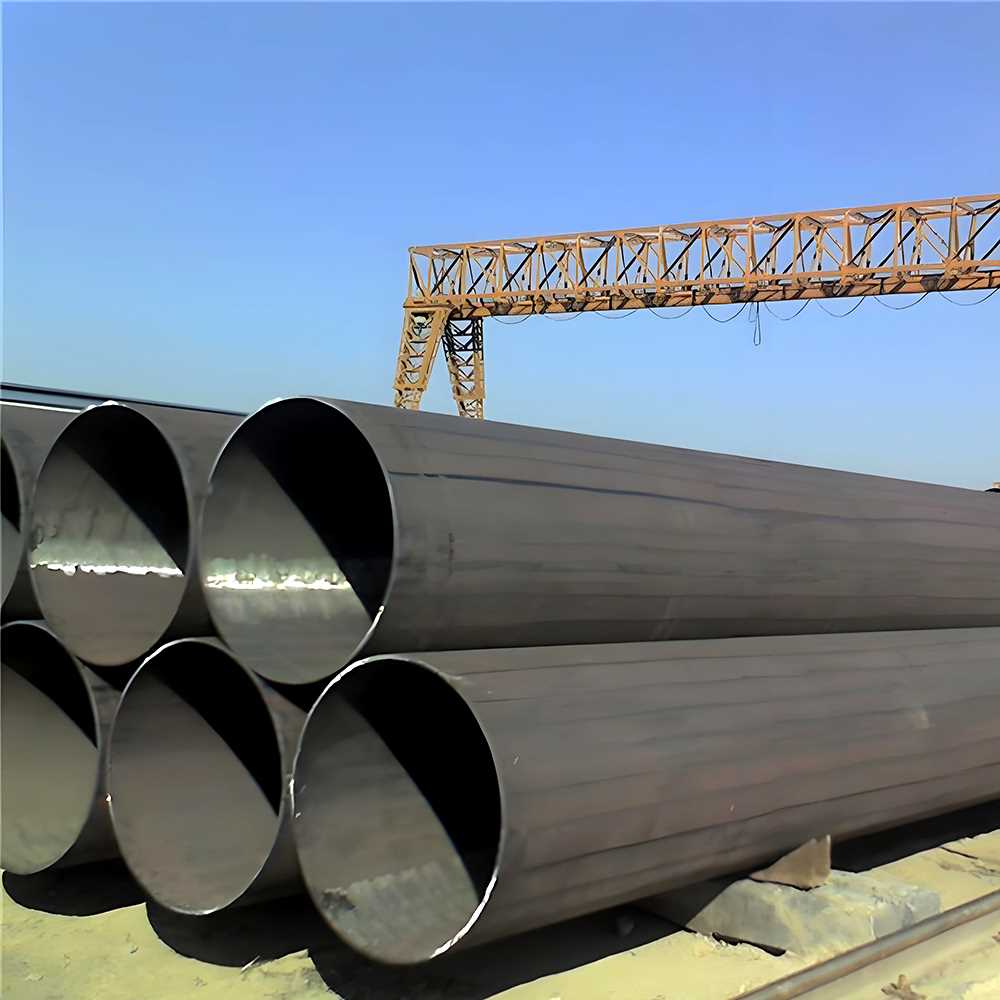
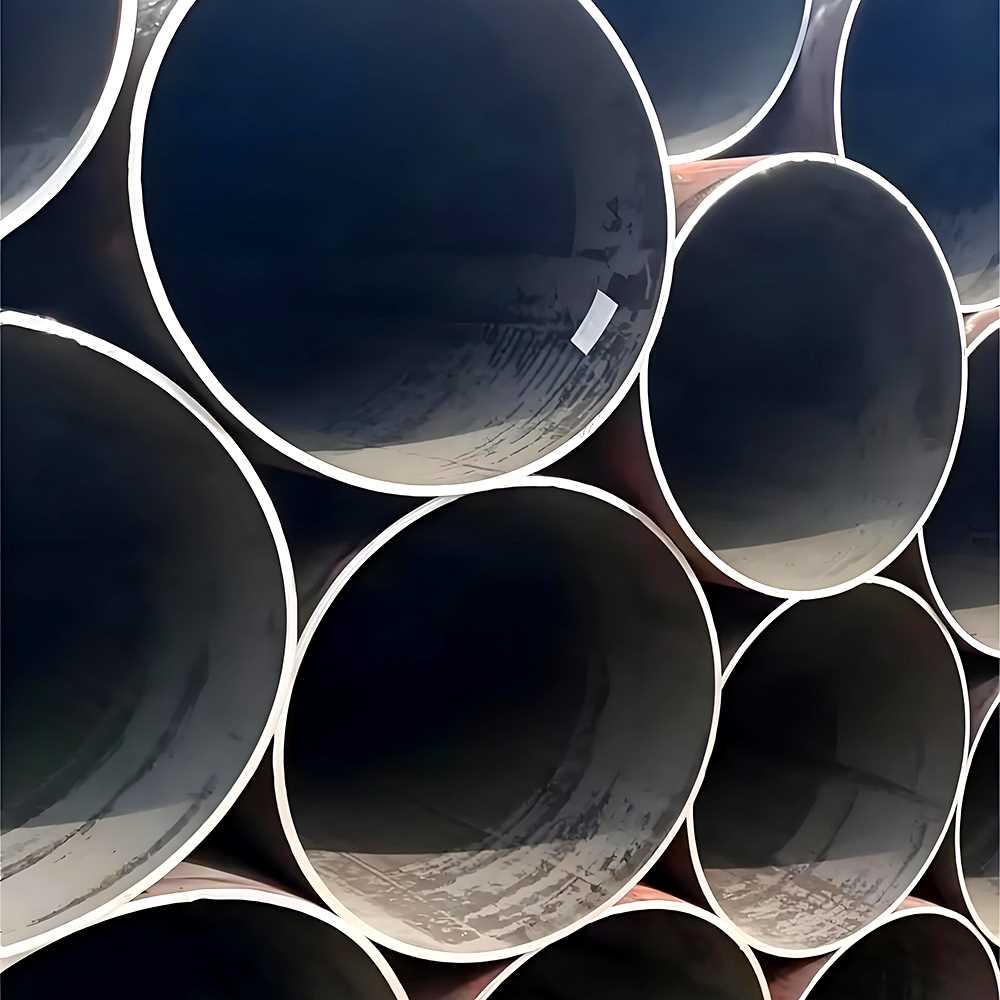
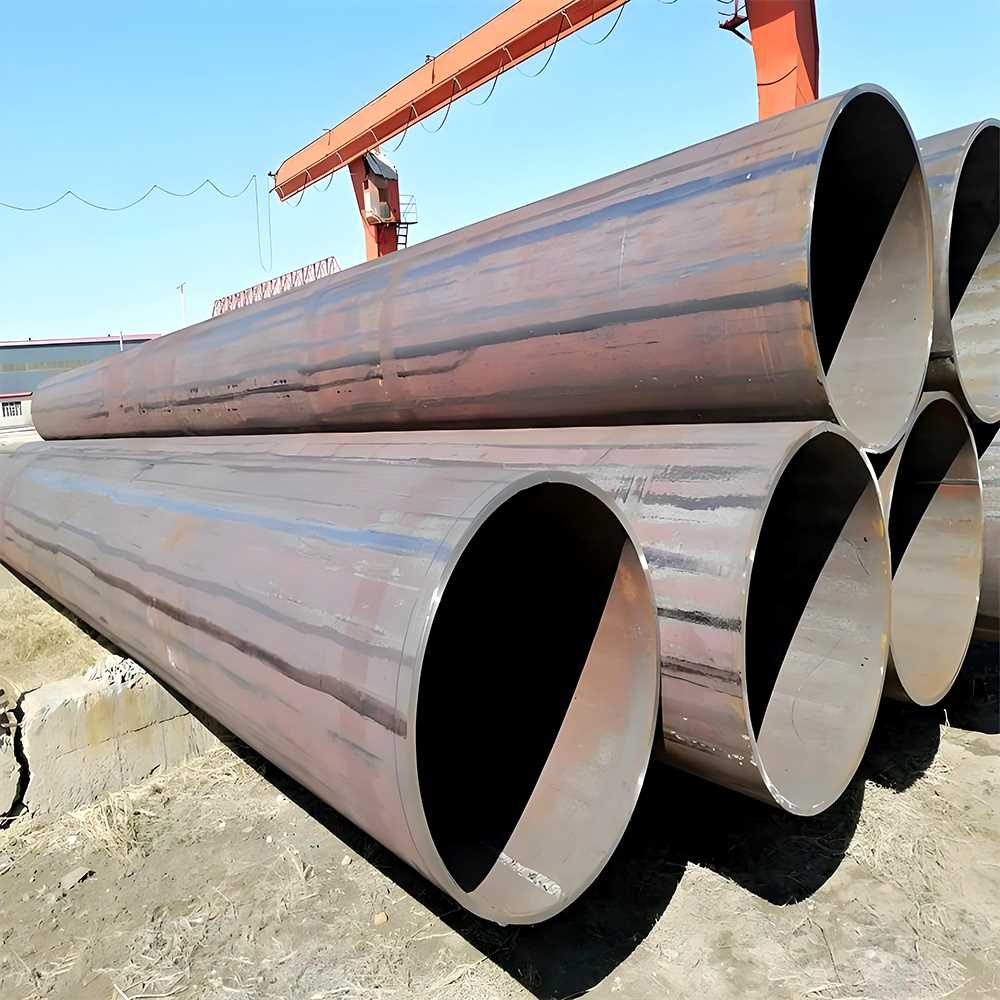
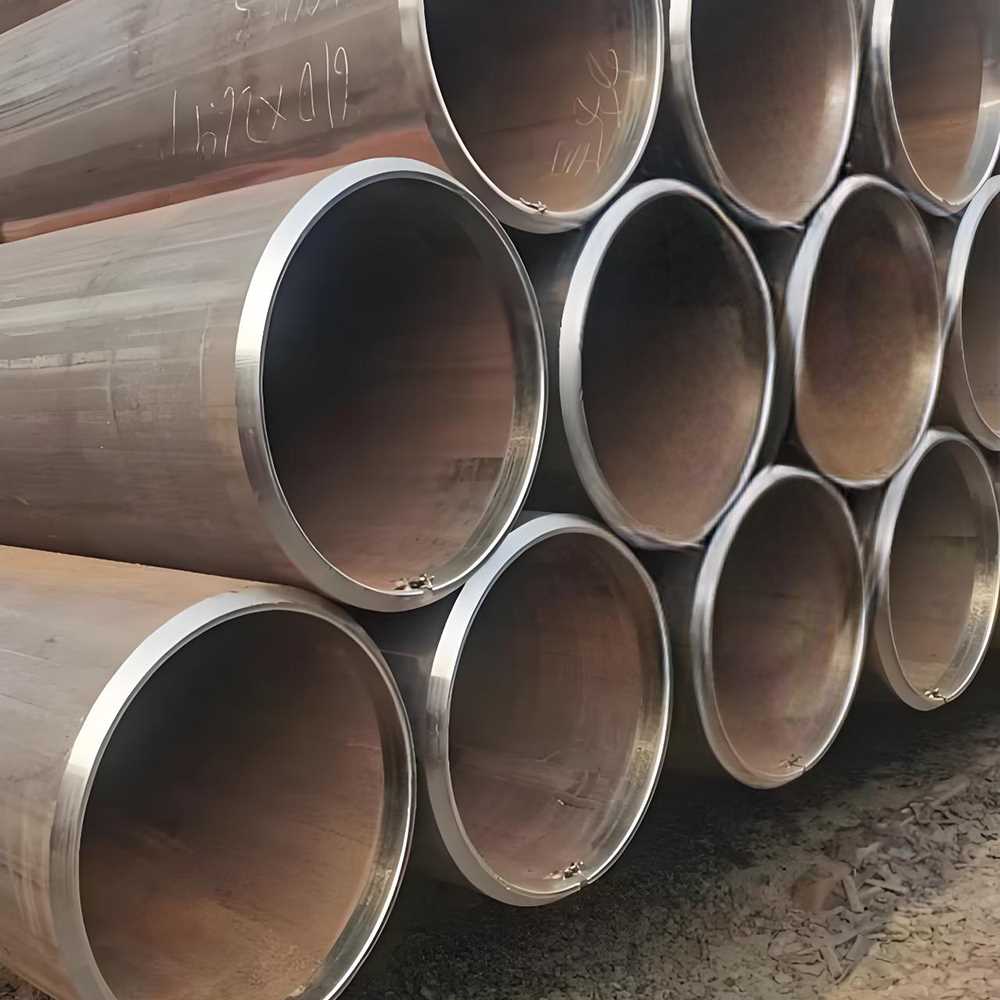
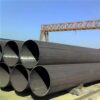
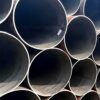
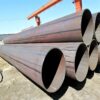
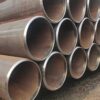
Reviews
There are no reviews yet.